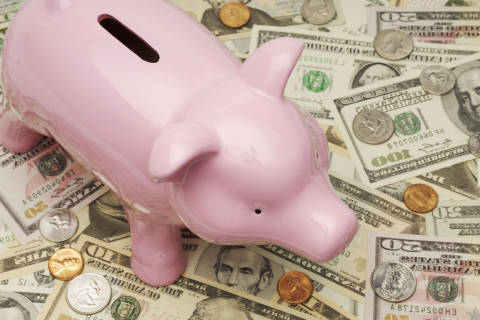Last week’s drone attacks on an oil-processing facility in Saudi Arabia has raised concern about an impact on prices at the pump.
The national average for a gallon of gasoline has already increased 3 cents since the attack, said Rebecca Jarvis, and oil prices themselves spiked on Monday by 15%.
How much more gas prices increase — and for how long — has yet to be determined. Analysts have said the national average could jump by 10 to 25 cents in the next two weeks.
But there are reasons for optimism.
Saudi Aramco contends it could resume production entirely by the end of the month, and “if the Saudis are able to bring production back online, and if the region remains relatively quiet, then there isn’t a reason why oil prices should stay high,” said Jarvis, ABC News’ chief business, economic, and technology correspondent.
While the attacks were big, she said, “there have been these flare-ups in that region for an extended span of time now, and the market hasn’t frankly taken them all that seriously.”
In addition, both consumer confidence and the jobs picture remain on “relatively firm footing,” Jarvis told WTOP’s Mark Lewis and Debra Feinstein.
Another reason for optimism: context. The national average for gas a year ago was $2.85, she said. This year, it’s about 30 to 25 cents less, depending on the region. In other words, even an increase of 25 cents would make the average comparable to 2018’s.
Still, much of the economic growth comes down to consumer behavior, Jarvis said, and if consumers have to spend more at the pump, it can “ripple through” and influence whether they vacation, eat out or buy as much. It also increases the costs of doing business.
” … When gas prices rise, you do see less economic activity elsewhere, and it’s not just obviously consumers who are spending on gas,” she said. “You also have all of the companies that are using gas as an input, as a cost, to what they use for doing business, and it becomes a strain as well.”
To calm any skittishness, President Donald Trump approved the release of supplies from the U.S. Strategic Petroleum Reserve “if needed” earlier this week. But Jarvis characterized any such action as a short-term solution that ultimately wouldn’t affect prices nationwide.
“It’s a global market,” she said, “so if 5% or 6% of the supply is gone from that market — which is what got knocked out in these attacks — all of a sudden you see prices higher everywhere.”






